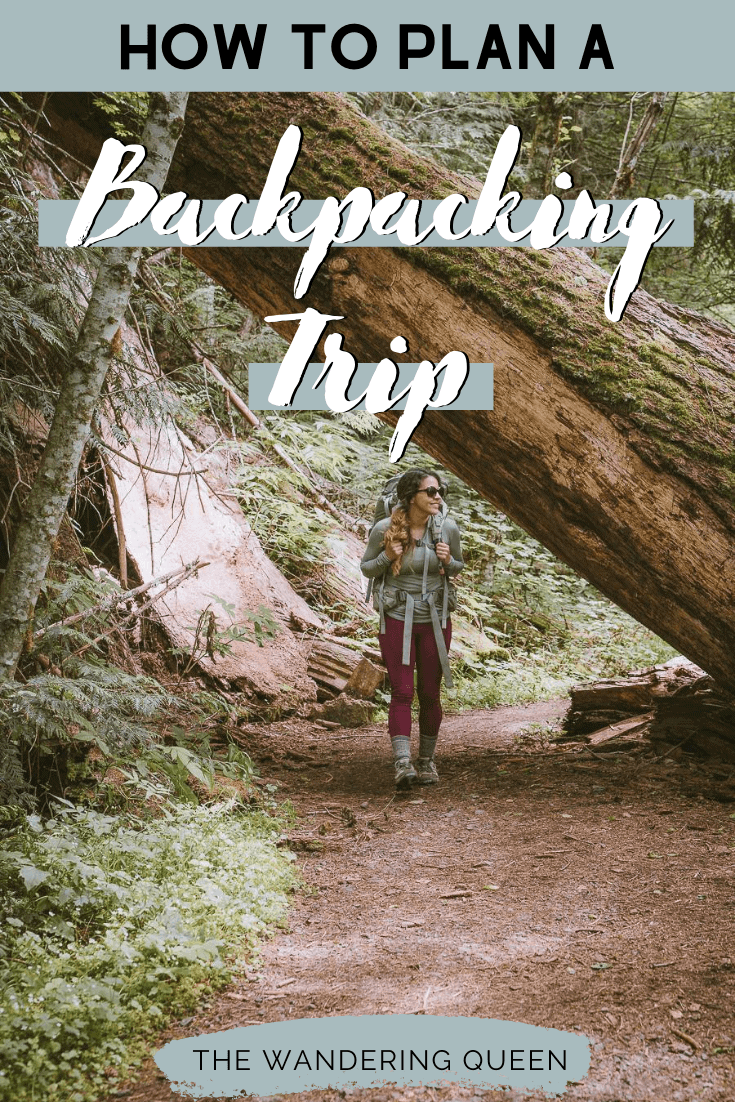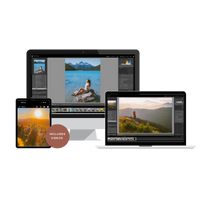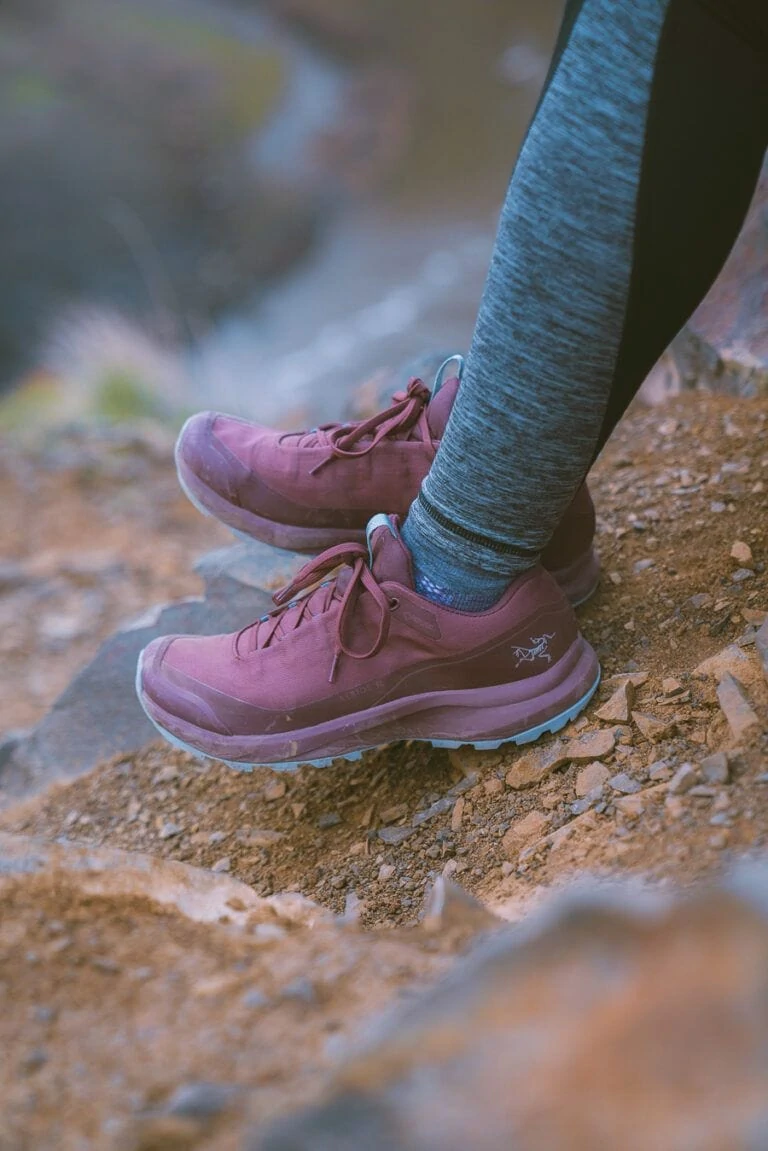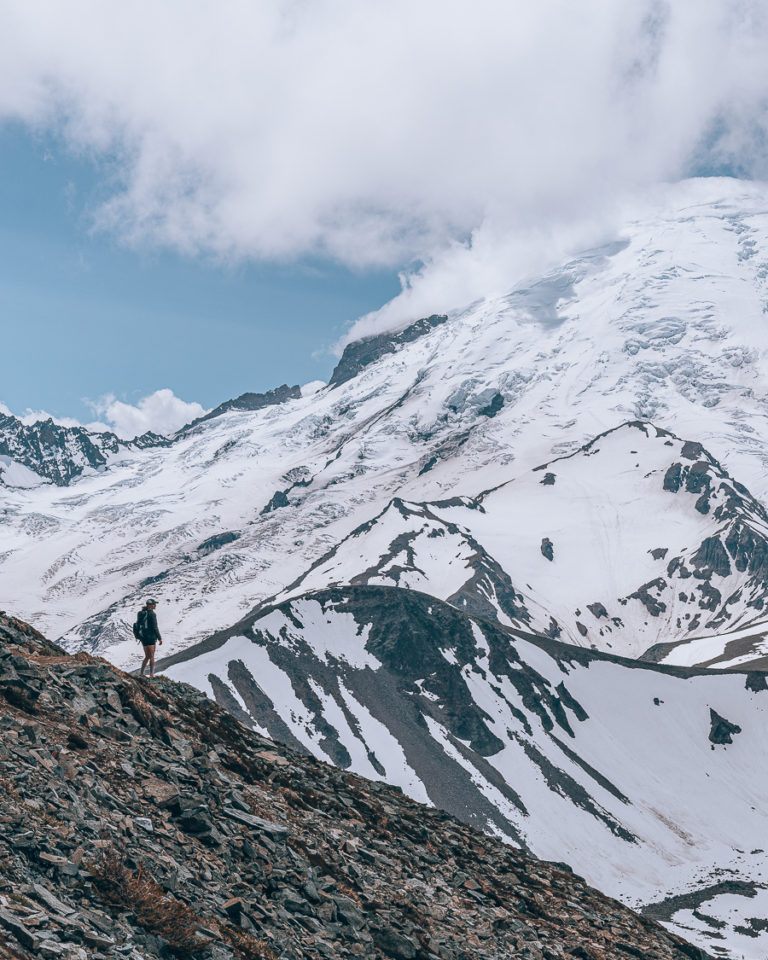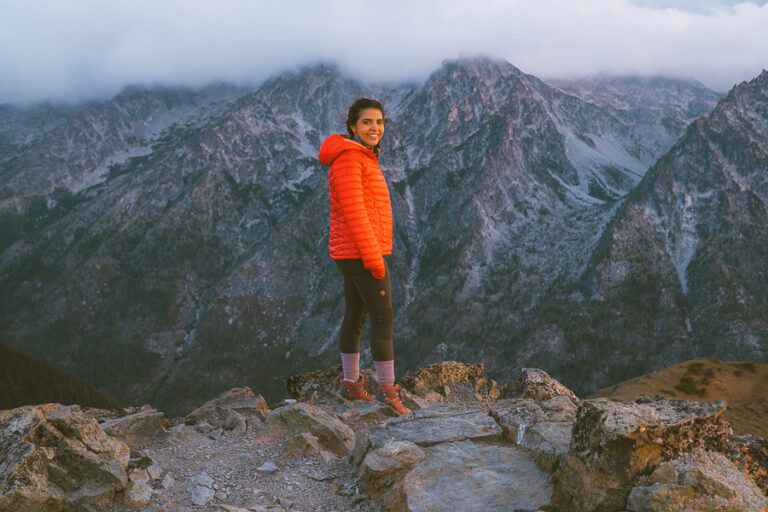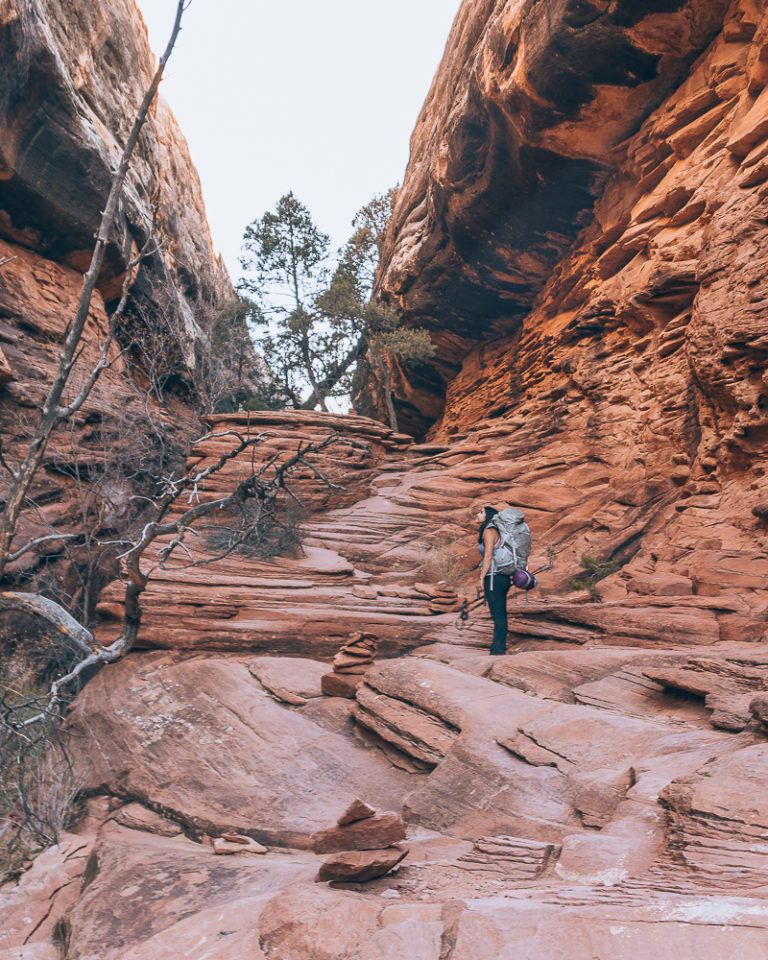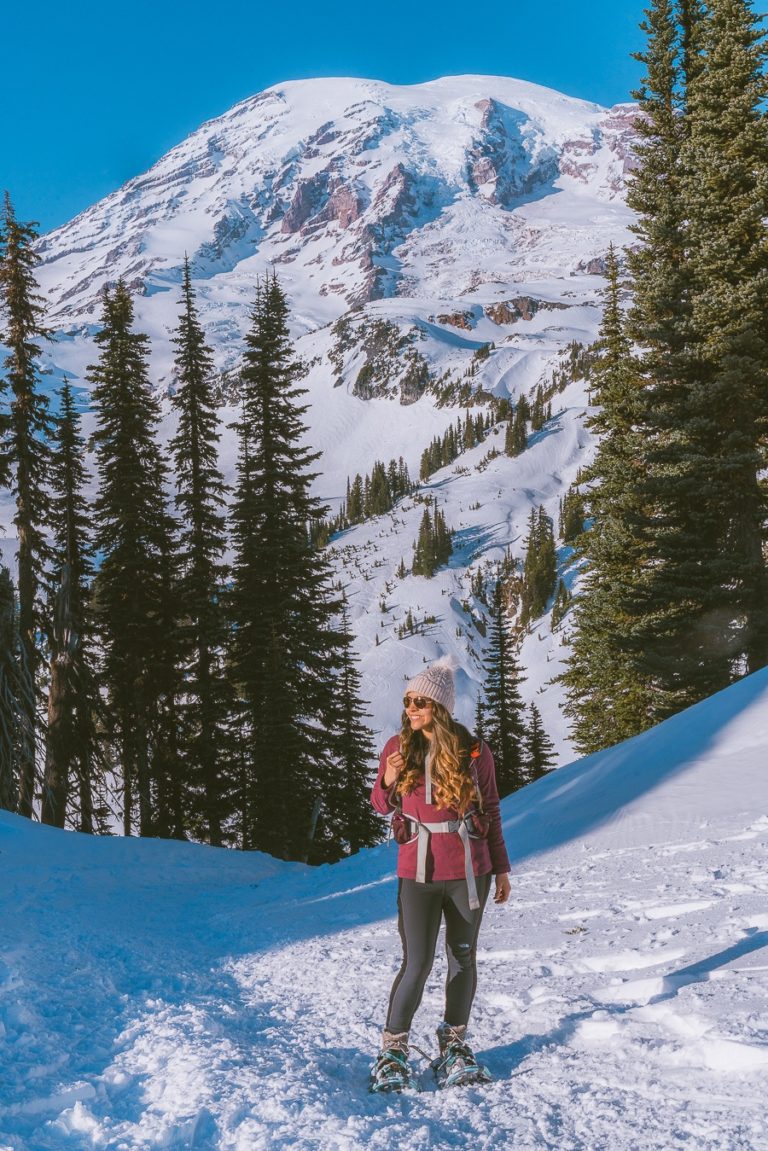How To Plan A Backpacking Trip
I remember the first time I decided to go on a backpacking trip. At the time, I didn’t know much about the outdoors and realized that backpacking is not one of those things you can “wing it”. You have to plan, research, buy equipment, look for permits, etc. It can be pretty overwhelming to plan, especially if it is your first time. So below, I talk about how to plan a backpacking trip! These are the steps I use almost every time to go backpacking. This post will help you feel confident and ready to take on the outdoors! Enjoy!
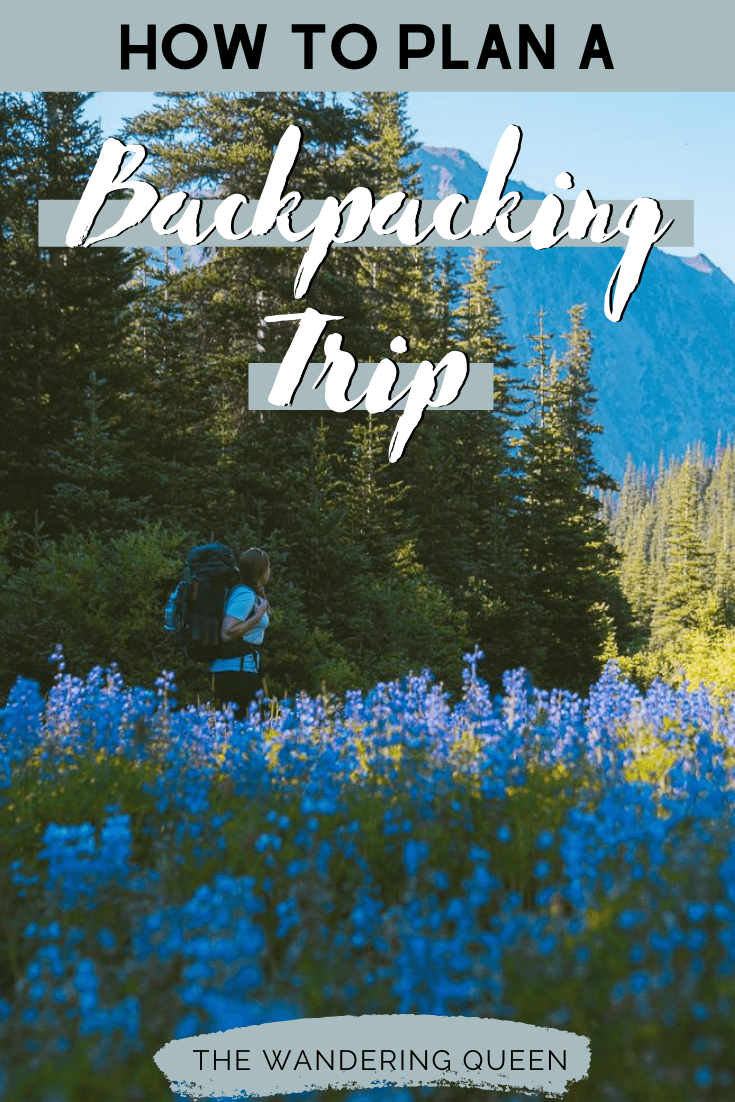
Disclosure: This post contains affiliate links. If you click one of them, I may receive a small commission (for which I am very grateful for) at no extra cost to you.
Download my free Outdoor Photography Guide
How To Plan A Backpacking Trip
Pick A Date
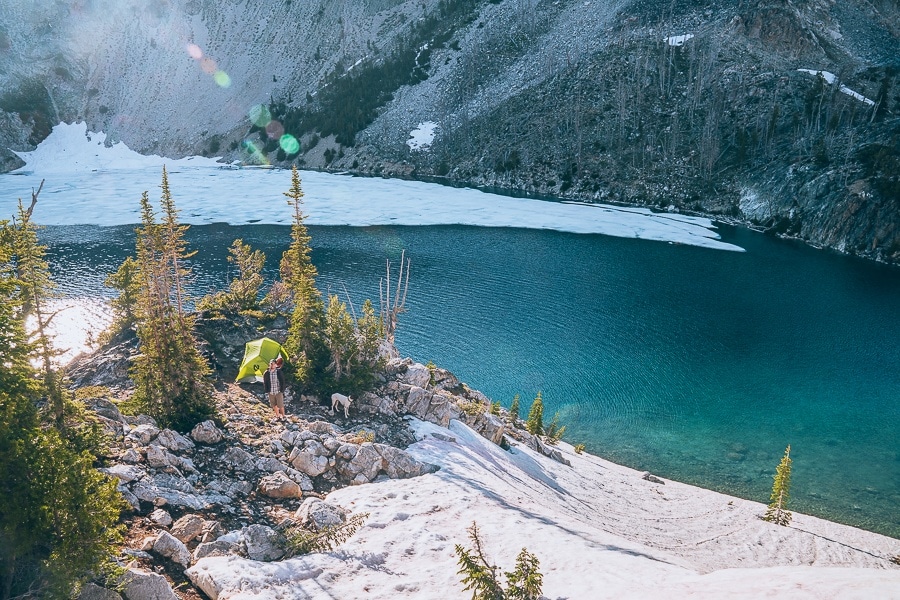
Picking a date is the first thing I do when I want to go backpacking. The reason is mainly because of the weather.
Let me give you an example. I want to go backpacking in October to see the fall colors. I decided that I wanted to either go to Wyoming or California. After doing research, I realized that Wyoming would be a little colder then I would like, so I decided on California Mammoth Lakes.
My best advice is to pick hotter climates in the wintertime while trying to schedule mountain areas in the summer. I love going to Utah, Arizona, and Hawaii in the winter, while in the summer, I love to spend my time in the Pacific Northwest, which is where I live.
Pick Some Great Backpacking Trails
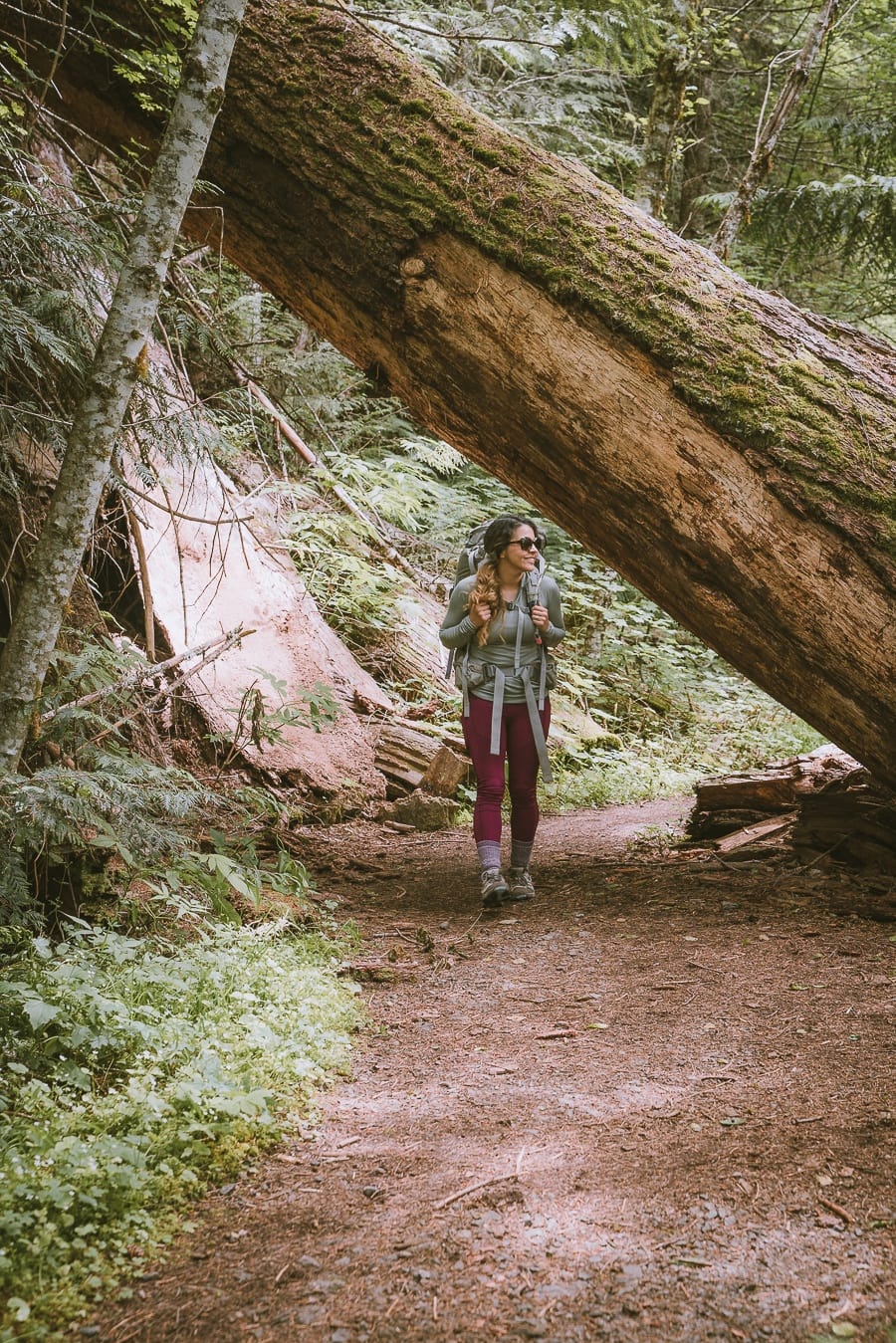
This part can be the most overwhelming! There are so many awesome trails out there and so little time to do them. Here is how to pick the perfect backpacking trip for you:
- Ok, so once you pick a date, you now have to choose the area. What do you want to see? Beaches, mountains, or canyons?
- Now that you have a general area in mind, how many days do you want to backpack? If you are new to backpacking, I highly recommend sticking to 2-3 days max. My first backpacking trip was three days, and I felt like it was the perfect amount of time.
- What is the max amount of miles and elevation that you want to do? You can figure this out by finding out the number of miles and elevation gain you can hike regularly. For example, 12 miles 4,000 feet elevation gain is usually my max when hiking. So when I am backpacking, I make sure I am doing less than 9 miles and 2500 feet per day. Your backpack is heavier, and you are hiking for multiple days and your body will be exhausted if you are continually hiking at your max mileage and elevation each day.
- How crowded do you want it to be? Areas that require permits are usually quieter, while trails that have dispersed camping can be quite rowdy.
- You can use Apps, local websites, and local Facebook groups to find trails. I like to use the AllTrails app.
- The Gaia website and app is also a great backpacking map planner.
Some great places to backpack in the USA are:
Research Permits
Once you pick the trail, it is time to read about the permit situation. When do you need to reserve the permit? Is it first come, first serve? Or do you need to book online on a specific date? Most reservations are 4-6 months beforehand, so do not wait till the last minute to look into permits.
You don’t want to pay for a flight to this area only to find out that you forgot to book a permit. A good example of obtaining a permit is this post that I wrote about the much sought after Havasu Falls Permit.
When it comes to national parks, you can usually read about how to reserve on their website. I also like to Google “XYZ trail permit,” and I get permit information on the trail.
How Will You Get There?
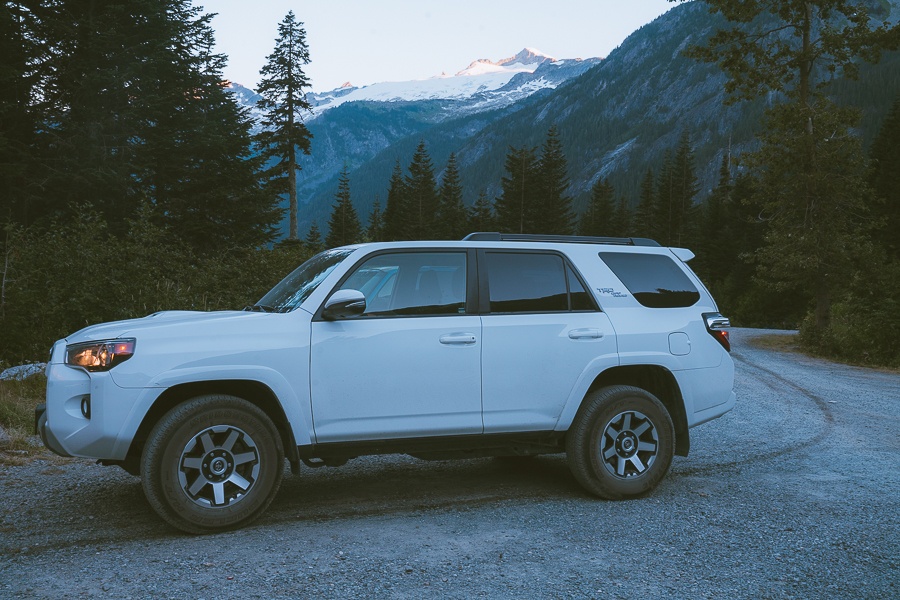
Getting to the backpacking trail might require either driving or booking plane tickets.
- I usually like to book with Southwest Airlines for USA travel. You can check in two bags for free per person, which is how I travel with my backpacking backpack on the plane.
- If you do book a plane, don’t forget to book a rental car. Think about the conditions you will experience. Will there be rough roads or snow? Then secure the type of car that you need for the conditions.
- I like to drive to the destination when the distance is 15 hours max. Then I don’t have to spend extra money on renting a car.
Get In Shape
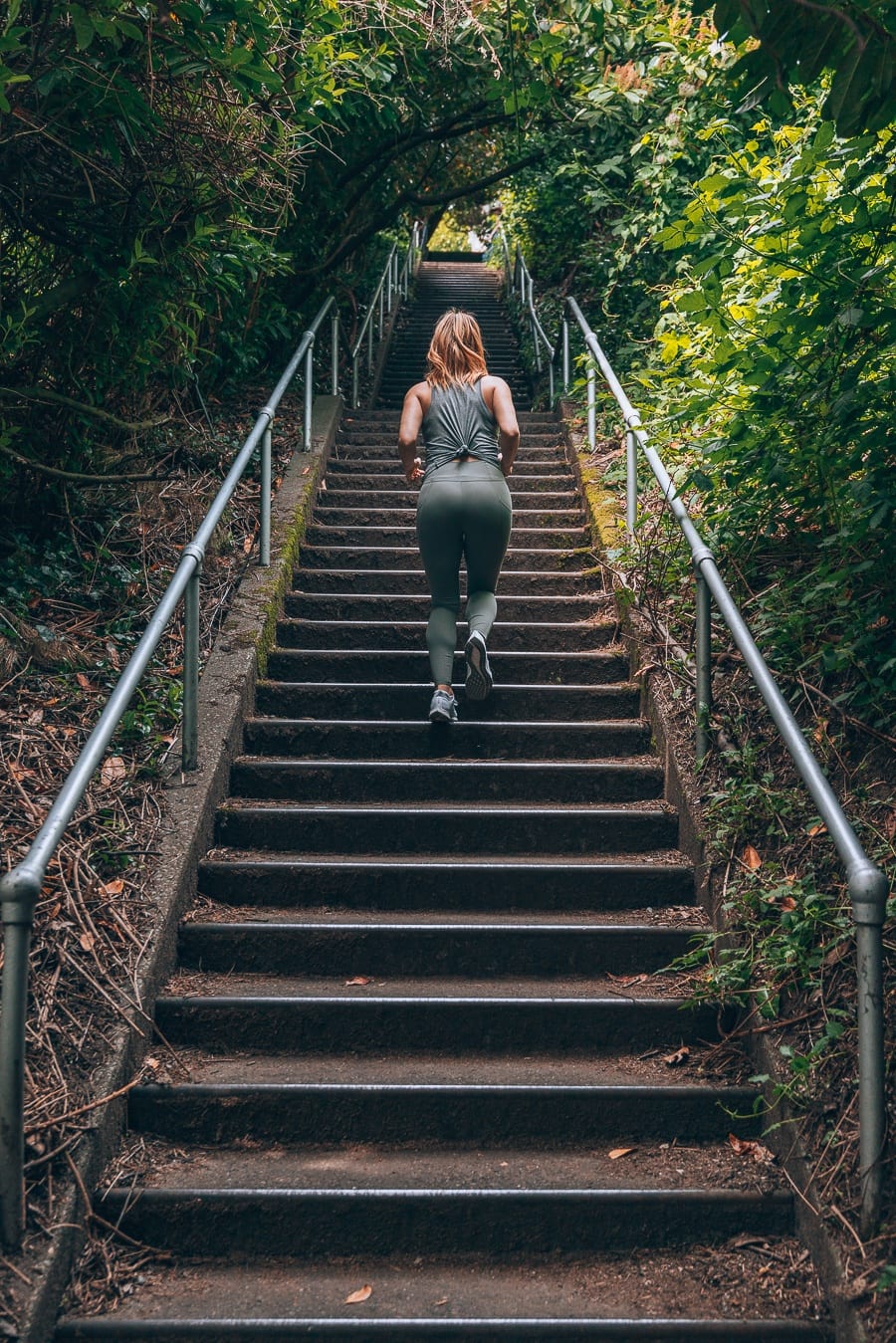
Backpacking is not as easy as hiking mentally and physically. You are carrying a weight that is around 20%of your body weight and for multiple days. I highly recommend working out before your trip, so you don’t end up hating backpacking.
Backpacking is my favorite type of travel, but I don’t always do it because I know how exhausting it can be on my body. I try to spread it out throughout the year.
To get ready for backpacking, I run up a lot of stairs, do yoga, boot camp, ab workouts, and of course, hiking. What I like about regularly hiking is that I can gauge how much I will be able to backpack each day.
I wrote a post on getting in shape for the outdoors: Check It Out Here
Get The Gear You Need
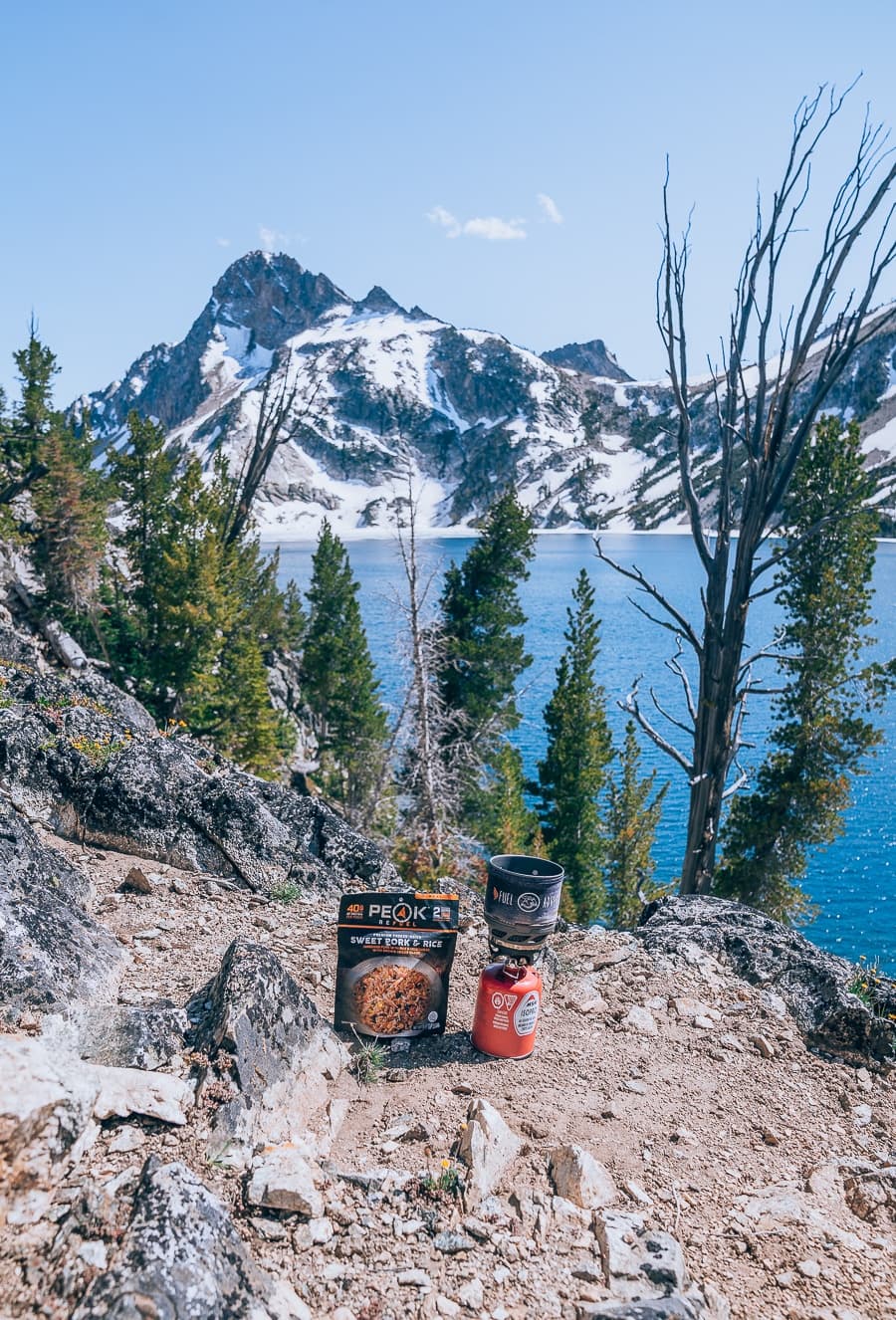
I am not going to lie. When I first wanted to backpack, I was a little overwhelmed by what to buy. There can be a lot that can go wrong when you are backpacking, so I wanted to make sure I got all the right gear. Fortunately, I have written some posts to help you choose your gear:
- Best Backpacking Backpack For Women
- Best Sleeping Bag For Women
- What To Wear Hiking
- Best Hiking Boots For Women
- The Best Budget Backpacking Gear <<<<If You Are On A Budget This Is Good!
- Best Backpacking Stoves
- Best Backpacking Tents
- Best Backpacking Filter
I also recommend getting a backpacking checklist to make sure you have ALL the gear you need. Research the equipment you need based on the destination and the weather. Backpacking in the winter might require a lot more gear then backpacking in the summer.
The same goes for the destination. Backpacking in Utah might require a lot more water then backpacking in the Pacific Northwest.
The number one thing you should not skimp out on is your backpack!!!!!!!! Do not go cheap with a backpacking backpack. I would rather you wait a while, save your money to buy a good quality backpack then you buying a cheap backpack. Trust me, my first backpack was the absolute worst, and it hurt my back. I gave it away after one use.
Also, weigh your packed backpack beforehand and make sure it is less than 20-30% of your body weight.
Test ALL your gear beforehand. I have bought sleeping pads with holes in them and returned them right away.
Need A Backpacking Checklist? Read This Blog Post On What To Take On Your Trip
Join my Newsletter to receive my free Backpacking Checklist!
Subscribe to have posts delivered straight to your inbox!! PLUS, get my FREE backpacking checklist!
Check Water Availability
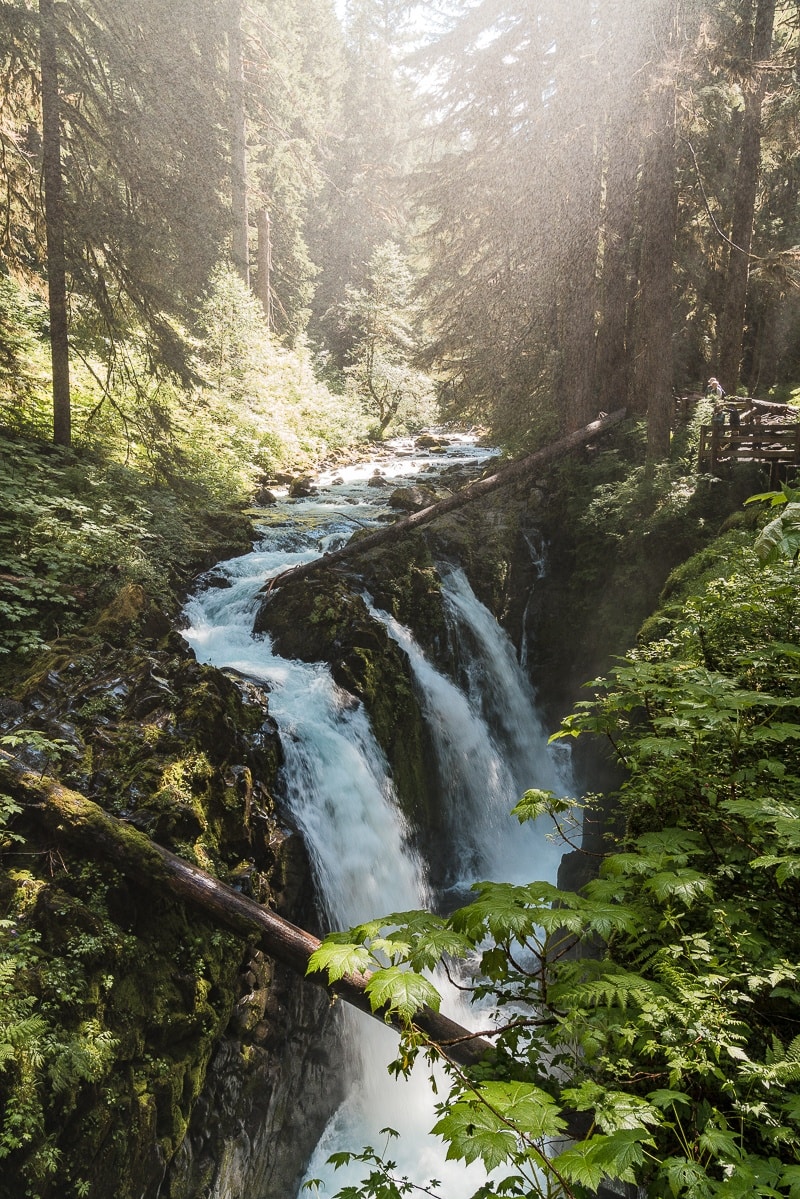
Ok, I know how crucial this step is because I have run out of water while backpacking. Ugh, it is the worst feeling in the world, so please do your research. Here are some tips:
- Read some trip reports beforehand from people that have been there recently.
- Do not rely on maps showing water. The water could be dry, which is what happened to us while backpacking in Utah.
- Try to use dry foods that do not take up a lot of water or bring food that don’t need water. Bring a lot of extra snacks.
- Portion your water. Have a plan on how much water you will consume each day. Include the food that needs water as well.
- Weigh your packs beforehand. Water weighs a lot more then you would think. If you have to carry the water for the whole trip, then your backpack will weigh a lot! Your backpack should not weigh more then 20% of your body if you want to have a fun experience.
- Hike during sunrise if it is sweltering. If you get up at 10 am and start hiking around that time, then guess what? You will be sweating a ton if the sun is out. Getting up early will help you sweat less and conserve water!
Grab Your Free Car Camping Checklist! 🚗🌲
Ready to elevate your car camping game? Snag our essential checklist to ensure you’ve got everything you need for a stress-free, fun-filled adventure! Perfect for beginners and seasoned campers alike. Download now and hit the road prepared! 🌟🎒
Learn About Leave No Trace
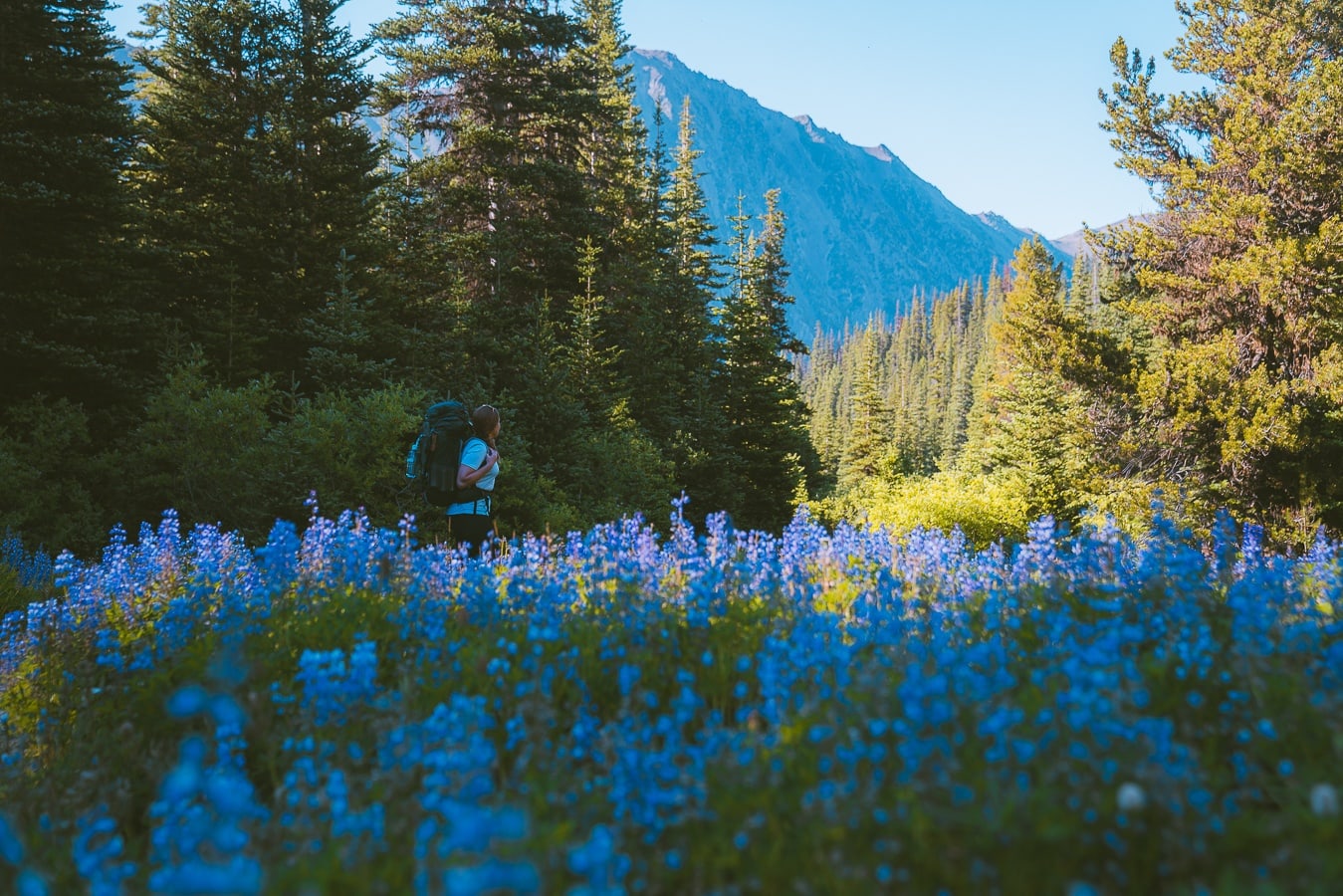
I know you probably heard of not littering in the outdoors and such, but the Leave No Trace Principles, are a lot more than that. They discuss etiquette, wildlife, where to camp, and fires. I recommend reading up on it before your trip to make sure the outdoors stay beautiful for others to enjoy.
I wrote a whole post on Leave No Trace: Read About It Here
Tell Friends And Family About Your Plans
Always leave your overnight backpacking details with someone in case of an emergency. If something terrible happened to you and you told no one about your trip, then it might take a while for people to realize you are missing. Here are some tips on what to give your trusted loved ones:
- Let them know where you will be and the description of the trail,
- Names of each campsite and which days you will be at each camp (If they have names),
- Tell them the description of your car and license plate,
- Let them know how long it will take you. Add some time in for you to take pictures. Make sure to account for slow hiking when you are fatigued.
Check The Weather
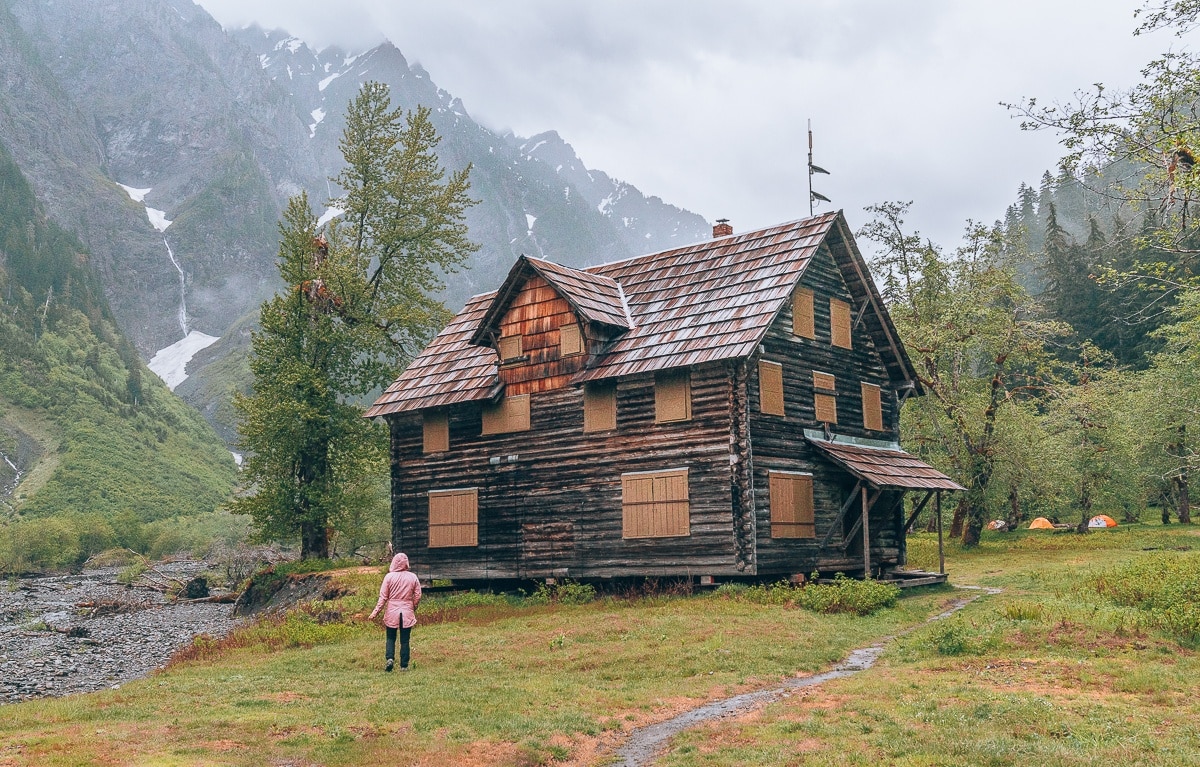
Always check the weather multiple times before the trip and adjust your gear per the weather. If you need to cancel your trip due to weather, it is ok; the mountain will always be there.
I have even gone on backpacking trips and turned around due to terrible snowy conditions in July! It happens sometimes, and it is best to accept it and stay safe. We ended up adjusting our trip to visit some hot springs, which was great because we were sore from hiking in the snow all day.
I also want to state that snow does make hiking five times harder. Your feet, legs, and stabilization muscles will be working a lot harder, which can lead to fatigue early on in your hike. So be wary on snow build up and take that into account when planning!
I like to use the Windy app and website to check the weather. It is a lot easier to see the weather in the mountains using this tool then the general weather app. I also like to check for cloud coverage to see if I can get an inversion cloud while hiking.
I wrote a whole post on hiking in the rain: Read About It Here
Go And Enjoy
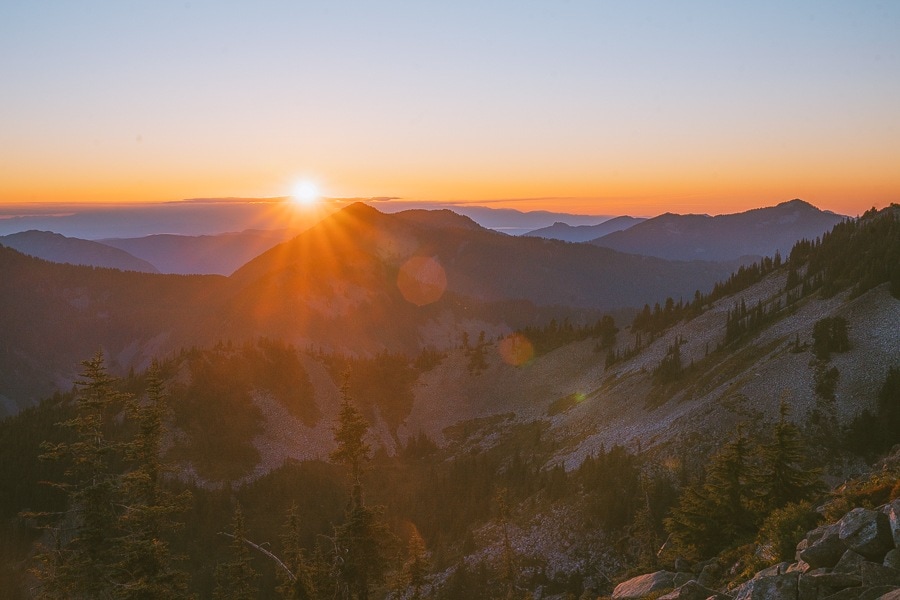
It is time to go out and go on your backpacking trip! Have a lot of fun, take pictures, and take in all the beauty. Backpacking is challenging and can be intimidating, so pat yourself on the back when you are done. It only gets easier after the first time.
I will say that you will learn from your mistakes. I always learn something new almost every trip, and I always try to improve on it. So don’t stress yourself out too much if it doesn’t come out perfect. Just enjoy it!
Final Thoughts On How To Plan For A Backpacking Trip
Thanks for reading all about planning an incredible backpacking trip. I hope you find a great spot with some fantastic views. Here are some other outdoor posts you might need to plan your trip:
- How To Prevent And Treat Blisters While Hiking
- 13 Best Places To Buy Discounted Outdoor Gear
- 17 Tips On Backpacking For Beginners
- 50 Gifts For Outdoorsy Women
- 40 Best Gifts For Backpackers
Join my Newsletter to receive my free Backpacking Checklist!
Subscribe to have posts delivered straight to your inbox!! PLUS, get my FREE backpacking checklist!
Pin For Later: How To Plan Backpacking Trip
